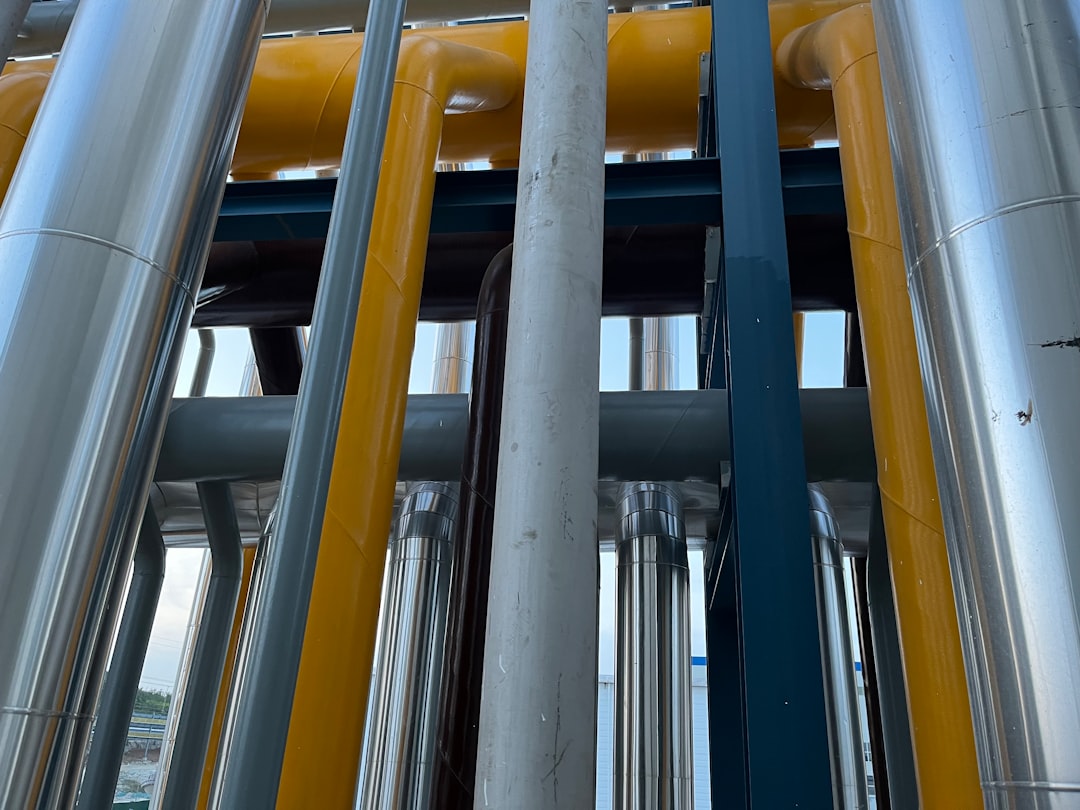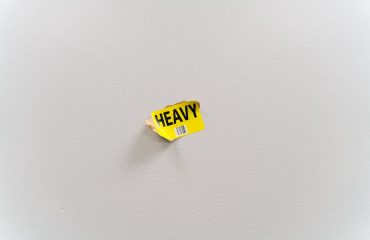Cold drawn round steel bars are a cornerstone of numerous industries, offering a unique blend of precision, strength, and durability. This comprehensive guide will delve into the intricacies of these versatile materials, exploring their manufacturing process, properties, applications, advantages, and selection criteria.
The Cold Drawing Process: Precision Engineering at its Finest
Unlike hot-rolled steel bars, which are shaped at high temperatures, cold drawn bars undergo a process of deformation at room temperature. This involves pulling a pre-rolled bar through a series of dies with progressively smaller diameters. This process significantly alters the material’s microstructure and properties. The die’s precise dimensions ensure exceptionally tight tolerances on the final bar’s diameter, typically within ±0.005 inches or even tighter depending on the required specifications. The cold working process also introduces significant strain hardening, enhancing the bar’s tensile strength, yield strength, and surface finish. This process also improves the bar’s straightness, making it ideal for applications requiring precise dimensional accuracy.
Exceptional Mechanical Properties: Strength, Durability, and More
The cold drawing process imparts several desirable mechanical properties to the steel bars. The strain hardening increases the tensile strength and yield strength considerably compared to hot-rolled counterparts. This means the bars can withstand greater forces before yielding or fracturing. Furthermore, cold drawing improves the material’s surface finish, leading to enhanced fatigue resistance. The smoother surface reduces stress concentrations that can initiate fatigue cracks. The improved surface finish also lends itself to better corrosion resistance, although additional coatings may be applied for enhanced protection in harsh environments. The precise dimensions also contribute to improved dimensional stability, crucial for applications where precise fitting is essential.
Diverse Applications: From Automotive to Construction
The combination of high strength, precision, and durability makes cold drawn round steel bars indispensable across a wide array of industries. In the automotive industry, they are used extensively in components requiring high strength and precision, such as axles, shafts, and connecting rods. The construction industry utilizes these bars in reinforcing structures, providing exceptional strength and stability. The manufacturing sector employs them in various machinery components, benefiting from their precise dimensions and high strength. Other applications include hydraulic cylinders, pneumatic components, and various custom-engineered parts requiring high-precision tolerances and strength. The versatility of cold drawn round steel bars makes them a crucial material in many modern engineering applications.
Advantages Over Other Steel Types: Why Choose Cold Drawn?
Compared to hot-rolled steel bars, cold drawn bars offer several key advantages. The most significant is the improved surface finish and dimensional accuracy. This reduces machining requirements, saving time and cost in subsequent manufacturing processes. The enhanced mechanical properties, particularly the increased strength and fatigue resistance, make cold drawn bars ideal for applications demanding high performance and reliability. The superior straightness also simplifies assembly and reduces potential alignment issues. While the initial cost may be slightly higher compared to hot-rolled bars, the long-term benefits in terms of reduced machining, improved performance, and enhanced reliability often outweigh the initial investment.
Selecting the Right Cold Drawn Steel Bar: Factors to Consider
Choosing the appropriate cold drawn round steel bar necessitates careful consideration of several factors. The required grade of steel is crucial, as different grades offer varying strength, hardness, and ductility. The desired diameter and length are essential for proper fitting and functionality. The surface finish requirements influence the choice of drawing process and potential post-processing treatments. The application environment also plays a critical role, dictating the need for specific corrosion resistance or other specialized properties. Consulting with a materials specialist or supplier can ensure the selection of the optimal cold drawn steel bar for a given application, maximizing performance and longevity.
In conclusion, cold drawn round steel bars represent a sophisticated material solution offering exceptional strength, precision, and durability. Understanding their manufacturing process, properties, and applications is key to leveraging their full potential across a diverse range of industries.




